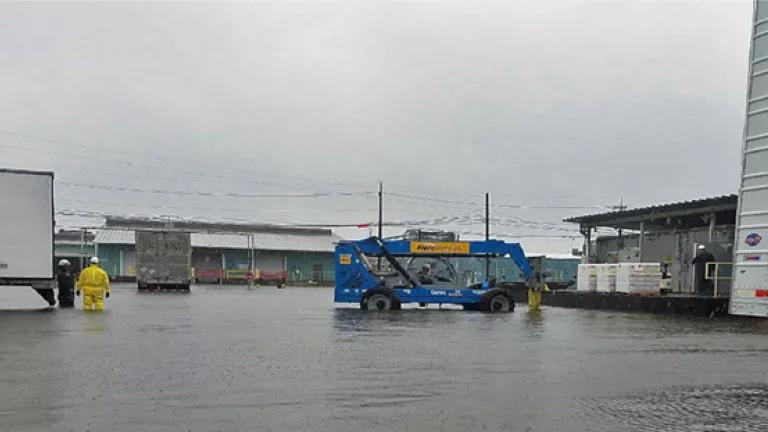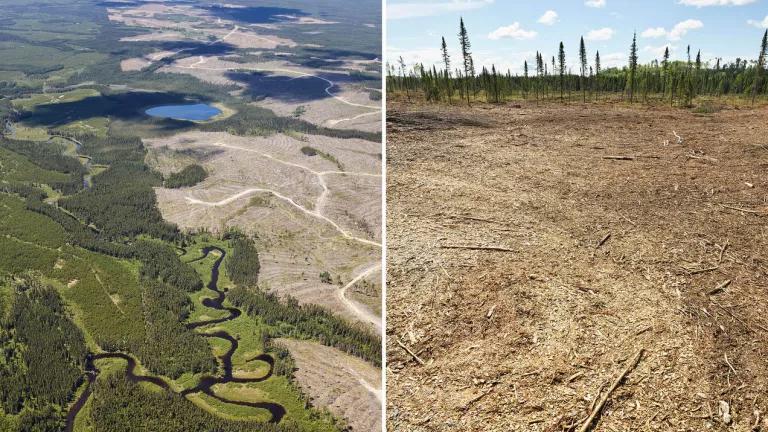NRC Moves to Entrench Dreadful Uranium Mining Standards
The Nuclear Regulatory Commission said yesterday that it intends to commence work on writing a set of standards for how it licenses uranium recovery operations. This is a bad idea.
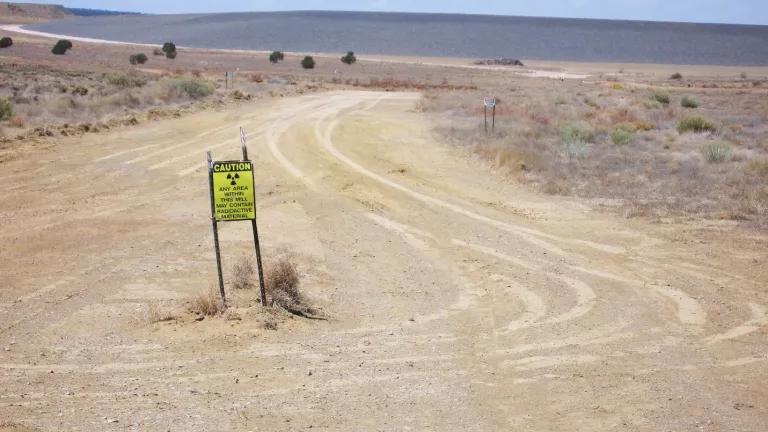
Radiation sign at Ambrosia Lake uranium mining area, New Mexico
The Nuclear Regulatory Commission said yesterday that it intends to commence work on writing a set of standards for how it licenses uranium recovery operations. This is a bad idea.
More than a year ago, NRC requested the public weigh in on whether the NRC should start a rulemaking to amend its uranium mining and recovery regulations. We provided hundreds of pages of comments and technical documents on the substandard uranium recovery regulations, but on the first page we provided a succinct answer for the NRC: Don’t do this.
Here’s why.
Any rulemaking by the NRC would only further entrench the already woeful state of affairs set out in ad hoc policies and draft guidance documents the NRC currently relies upon to take care of business now.
But, if the current process is so dreadful, why not start rewriting it? Could the agency make matters worse?
In short—yes, and almost assuredly so.
Uranium recovery is regulated in a complicated fashion under the Atomic Energy Act. The key thing to understand is that the law gives the Environmental Protection Agency the right and obligation to set protective environmental standards for uranium recovery, and then NRC (or a state that has assumed NRC’s authority) licenses specific mining operations to those EPA standards. Got that? EPA sets the protective environmental standards; NRC licenses to those standards.
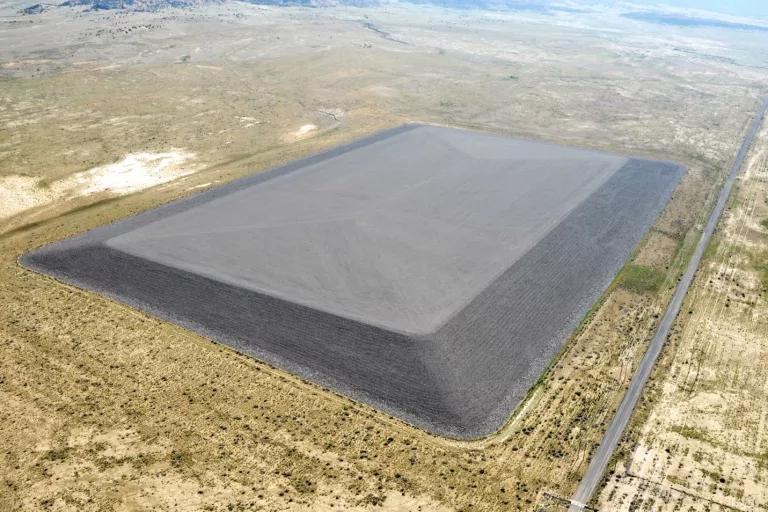
Buried in 1992 by the Department of Energy, this uranium mill near Grants, New Mexico is one of approximately 20 uranium mill tailings sites in the United States that were remediated as part of the Uranium Mill Tailings Remedial Action Project (UMTRA).
So, what’s the problem, why not just fix the standards?
In 2016, after years of work, the Obama administration’s EPA had worked to develop a new, vastly improved set of public health and environmental protection standards for uranium recovery. Those standards would have finally started the uranium industry and its direct regulators—the NRC and the states—on a path to a full accounting of the environmental harms and costs of in situ leach (ISL) uranium mining, which has been the principle source of yellowcake production in the United States for the past several decades. Conventional uranium mills have nearly vanished or become the waste disposal sites for ISL projects.
Alas, the Trump EPA withdrew those new and improved proposed standards in the spring of 2018. As a result, the current, nearly useless regulatory scheme remains in place and the polluting uranium industry continues on its way, harming billions of gallons of western groundwater. We are confident that a new, more public health minded administration would promptly re-propose the standards and finalize them in short order. But that’s not where we are now.
Where we are now is the NRC trying to jump in front of EPA and cast in stone its grossly inadequate regulatory process that explicitly allows for the wholesale contamination of scarce western groundwater. Instead, what the NRC should do is wait until EPA has re-proposed and finalized a rule that updates its environmental protection standards for ISL uranium mining. For the sake of everyone’s time and resources, the NRC should restrain itself from writing rules it will simply have to redo once a revitalized and environmentally minded EPA acts.
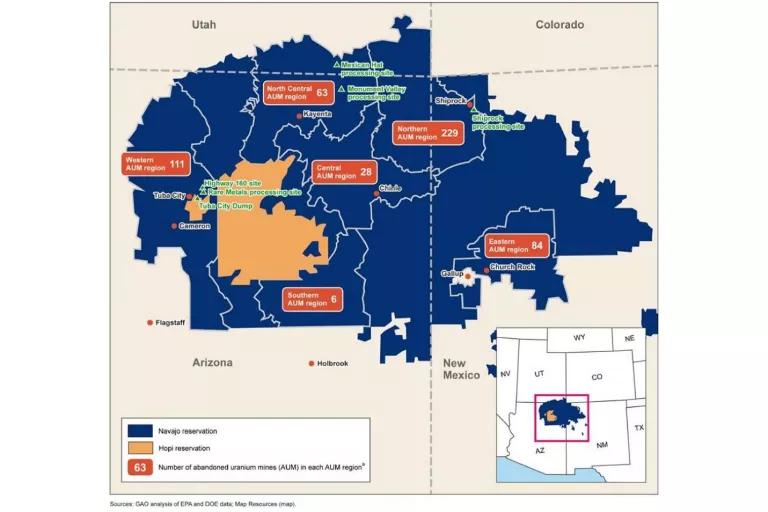
Map of the Navajo and Hopi Reservations with 521 abandoned uranium mines, four former uranium processing sites and other key sites as of May 8th, 2014
Why is this so important and what would protective rules mean?
Uranium recovery has a dreadful history of harm to environmental justice and low-income communities across the West, with equal destruction of scarce sources of groundwater. A recent University of New Mexico study found that more than a quarter of more than 700 Navajo Nation women tested had high concentrations of uranium in their bodies. Uranium mining continues to harm health and water across the Southwest. These harms will continue to be visited on communities with existing and potential new mines as the current regulatory structure is a mess that fails in every instance to protect scarce Western groundwater.
The NRC, with the steps it has taken today, is starting down a road to further codify this regulatory mess, contrary to reams of science on uranium recovery’s impact on scarce groundwater and communities across the American West. Communities and water resources from South Texas to Wyoming have been negatively affected by uranium recovery for decades and EPA’s draft standards, currently sitting on a shelf, could, if finalized and implemented with all dispatch, start to put things on a path to a full accounting of the environmental harms and costs of uranium recovery. The NRC should stand down and let EPA do its job first.

